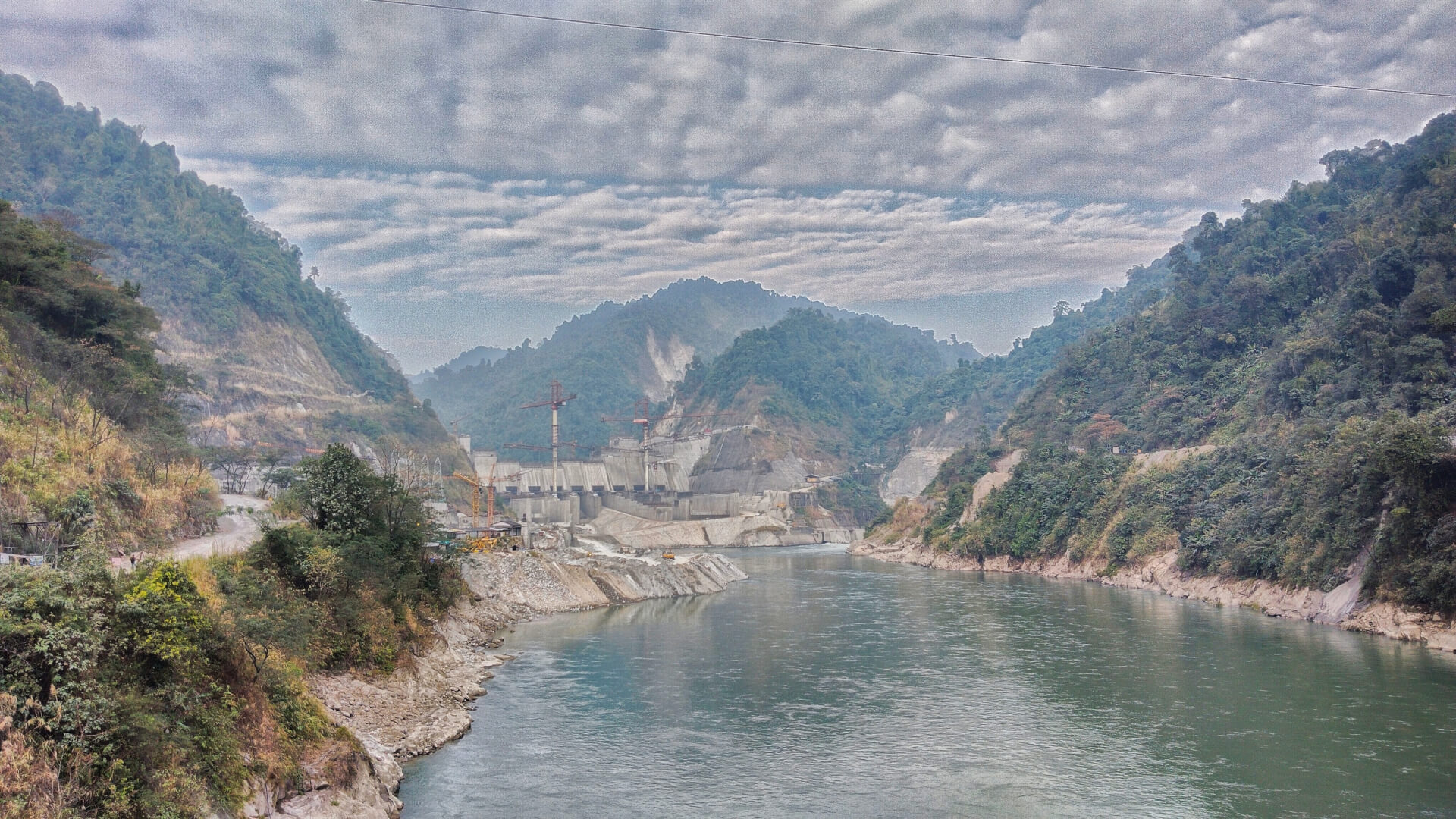India is about to begin the country’s largest hydropower project near the Chinese border. The Subansiri Lower Hydroelectric Project (SLEHP) was built at a cost of $2.6 billion on the Assam-Arunachal Pradesh border and will begin trials in July after being in the works for about 20 years.
State-run hydropower company NHPC Ltd. will start trial runs in July for the Subansiri Lower project that runs through the states of #Assam and Arunachal Pradesh in the country’s north-east.
— Economic Times (@EconomicTimes) June 13, 2023
https://t.co/INetzwBTmP #India #China
The Subansiri Project
SLEHP is a gravity dam with a capacity of 2000 MW. It contains eight units of 250 MW each. The state-run National Hydro Power Corporation Ltd. (NHPC) will begin trial runs through the SLEHP in July. The project passes through the northeastern states of Assam and Arunachal Pradesh.
Finance Director Rajendra Prasad Goyal said that the project’s first unit is expected to be commissioned in December. The project has eight units, all of which will be commissioned by the end of 2024.
The 2-gigawatt project was started in 2003, but it faced delays owing to protests due to concerns over environmental damage. The postponement led to a three-fold increase in the project cost, now at $2.6 billion. The project was suspended in 2011, and the work was allowed to be resumed by the National Green Tribunal in 2019.
“We need to get nearly 40 approvals from different departments before we start building a hydropower project. All the scrutiny should be done at this stage,” Goyal remarked. He said, “Any stoppages after the construction has begun is problematic.”
With the completion of the Subansiri Lower Project, the NHPC has also started mooting plans for a 2.9-gigawatt Dibang project, which will be the largest hydropower plant in the country.
$2.6B Subansiri Lower hydropower project in India set to commence trial runs in July. https://t.co/EFR0cvCwin
— Smart24 Television (@Smart24TVnow) June 14, 2023
Delays in Construction, Northeast’s Hydroelectric Potential, China’s Water Wars
The delays in the construction came as the project faced opposition from the locals, with IIT-Roorkee declaring that there was an increased seismic threat to the dam.
Further, the frequent landslides and ecological impacts, displacement of people, contravention of the Brahmaputra Board Act, and lack of flood control measures were some other issues that postponed the project.
Nonetheless, India’s northeast region has immense hydropower potential, accounting for around 40 per cent of the country’s total hydropower capacity.
India has expedited the stalled NHPC projects because of concerns about a 60,000 MW Chinese project on the Yarlung Zangbo (Brahmaputra) planned at Medog, on Arunachal Pradesh’s border.
China plans to divert water from the Brahmaputra to its northern arid region. While 40% of the country’s hydropower potential is in the Brahmaputra, 50% of the Brahmaputra basin lies in Chinese territory. The Subansiri project and other hydroelectric projects in the Northeast are expected to help mitigate water scarcity in case China diverts the flow.
While the hydroelectric projects in the Northeast are strategically important, and India uses dams to boost local economies in areas along its tense borders with China and Pakistan, it is crucial to heed the unique environmental, geological, and humanitarian concerns specific to the Northeast when introducing hydro projects to the region.

